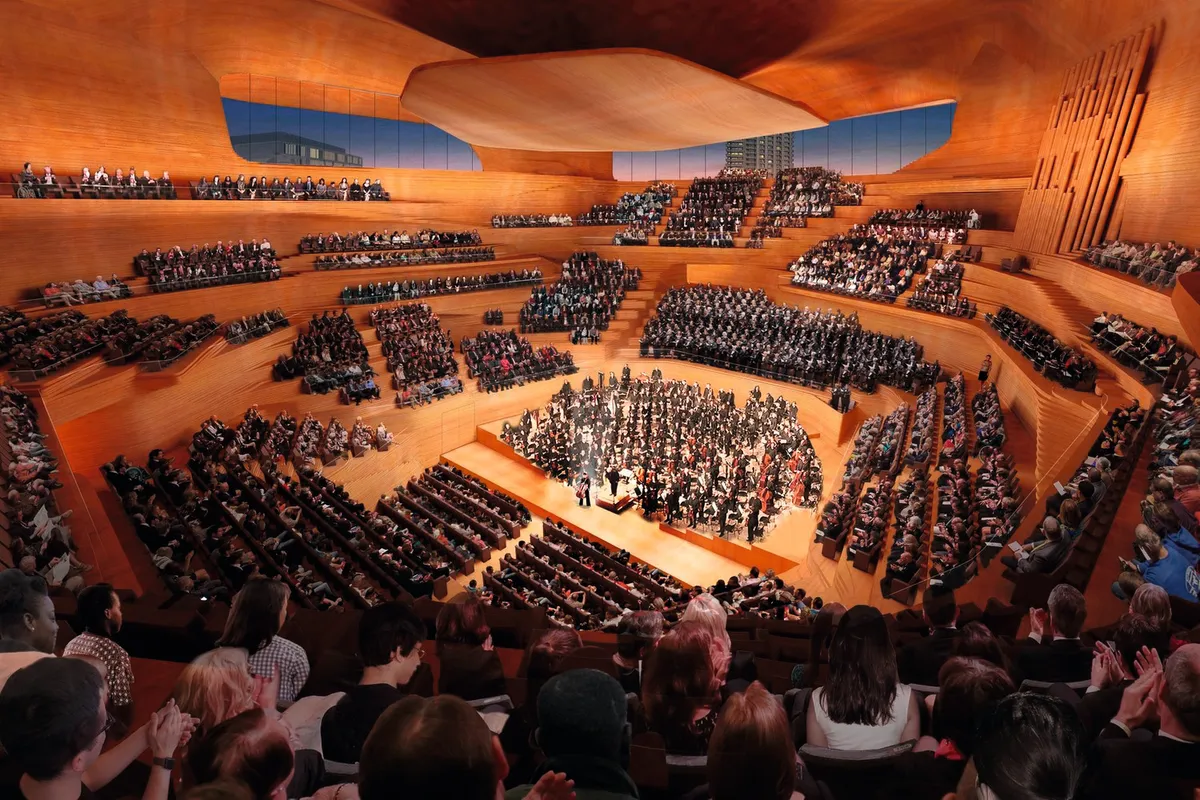London’s Centre for Music is no more. As collective belts are tightened in the light of COVID, plans for the £288m new concert hall at the heart of the City of London have been formally scrapped. Instead, the City of London Corporation has confirmed that the Barbican Centre will enjoy a major refurbishment and that further funding has been put in place for the venue’s key residents, the London Symphony Orchestra.
First mooted in 2015, the Centre for Music seemed to take a large step closer towards becoming reality in January 2019, when details were revealed by architects Diller Scofidio + Renfro (DS+R) for the construction of a new venue on the site of the old Museum of London that would include a state-of-the-art 2,000- seat concert hall, rehearsal rooms and educational facilities. As well as being a new home for the London Symphony Orchestra (one of the best orchestras in the world), the Centre would also be used extensively by the Guildhall School of Music and Drama and provide a base for local outreach and education work. Driving the project forward was the LSO’s music director Simon Rattle, who has long been openly critical of London’s existing concert venues.

Never uniformly welcomed, however, investment in the Centre for London started to look like an extravagance as the events of 2020 took their inevitable toll on the economy. And when, in January, Rattle announced that he will be leaving the LSO in 2023 to take up the post of chief conductor of the Bavarian Radio Symphony Orchestra in Munich, the writing seemed to be on the never-to-be-built wall.
The upgrade of the Barbican Centre (its acoustics were ‘improved’ in 1994 and 2001) will still be a significant one, in terms of both cost and design and, as the process of appointing architects to carry out the work begins, its managing director Nicholas Kenyon remains upbeat: ‘New times need new solutions. As we reimagine the City in a time of recovery, we are delighted that a major project to renew the Barbican will be launched in 2022, updating our iconic venue in line with sustainability, climate action and the everchanging needs of audiences, communities and our many performers.’
Words by: Jeremy Pound Images by: Diller Scofidio + Renfro